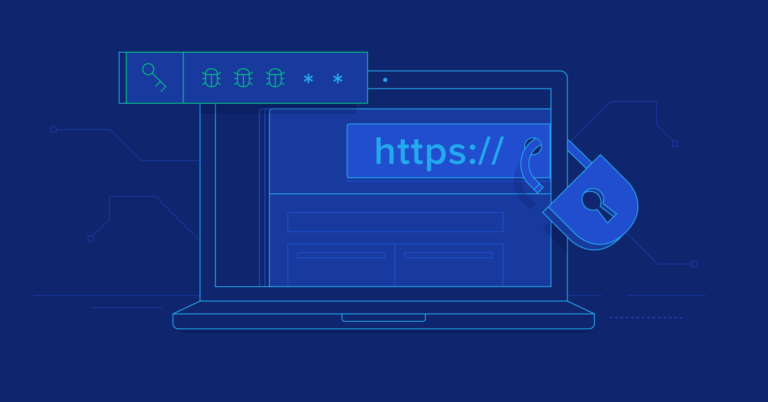In the fast-paced world of web development, efficient project management is crucial. For JavaScript developers, npm (Node Package Manager) and Yarn have emerged as indispensable tools for handling dependencies, automating tasks, and ensuring a streamlined workflow. In this comprehensive guide, we’ll explore best practices for managing web development projects using npm and Yarn.
Dependency Management: Precision in Control
npm: When it comes to npm, maintaining precision in dependency control is paramount. Utilize semantic versioning in your package.json file to define the desired version ranges for your project dependencies. This ensures that updates won’t inadvertently introduce breaking changes.
Yarn: Yarn takes dependency management to the next level with the concept of Workspaces. This feature allows you to manage multiple packages within a single repository, providing a unified approach to versioning and package installation.
Automation is Key: Scripts and Task Runners
npm: Leverage the “scripts” section in your package.json to automate various tasks, such as testing, building, and deployment. Additionally, npm integrates seamlessly with popular task runners like Gulp and Grunt, allowing for complex build processes.
Yarn: Yarn simplifies task automation with its native support for scripts. Create scripts in the “scripts” field of your package.json and execute them using yarn run [script-name]. This ensures an efficient and organized approach to task execution.
Version Control Essentials
npm: To maintain consistency across development environments, it’s essential to commit the package-lock.json file to version control. This file locks down the versions of each installed package, ensuring deterministic builds.
Yarn: Similarly, Yarn users should include the yarn.lock file in version control. This file serves the same purpose as package-lock.json, guaranteeing consistent package installations across different environments.
Secure Your Variables: Environment Management
npm: For handling environment variables, npm developers often turn to packages like dotenv. This allows for secure and organized management of sensitive information across different environments.
Yarn: Yarn users can adopt similar practices with tools like cross-env, ensuring that environment variables are handled consistently regardless of the operating system.
Documentation Matters
npm: Clear and comprehensive documentation is key to fostering collaboration among developers. Document your project setup, scripts, and dependencies in the README file to provide a reference for collaborators and newcomers.
Yarn: Extend your project documentation to include Yarn-specific details. Covering the specifics of Workspaces and Yarn scripts ensures that developers have a complete understanding of the project structure and workflow.
Stay Secure: Dependency Auditing
npm: Regularly perform security audits using npm audit. This command analyzes your project’s dependencies for known vulnerabilities and provides recommendations for resolution.
Yarn: Yarn users can utilize yarn audit to conduct security checks. Stay proactive in addressing vulnerabilities, and ensure that your project’s dependencies align with security best practices.
Efficient Build Processes
npm: While npm scripts are powerful, they can be complemented with popular task runners like Gulp or Grunt. Integrate these tools to handle more complex build processes effectively.
Yarn: Yarn seamlessly integrates with various build tools, allowing developers to choose the tools that best suit their project requirements. This flexibility ensures an efficient and tailored approach to building and bundling assets.
In conclusion, mastering web development projects with npm and Yarn requires a comprehensive understanding of these tools’ capabilities and best practices. By adopting precision in dependency management, efficient automation, version control essentials, secure environment variable handling, comprehensive documentation, proactive security measures, and an optimized approach to build processes, developers can ensure the success of their projects. Stay tuned for more insights from Bright Bridge Web as we continue to explore the ever-evolving landscape of web development.






